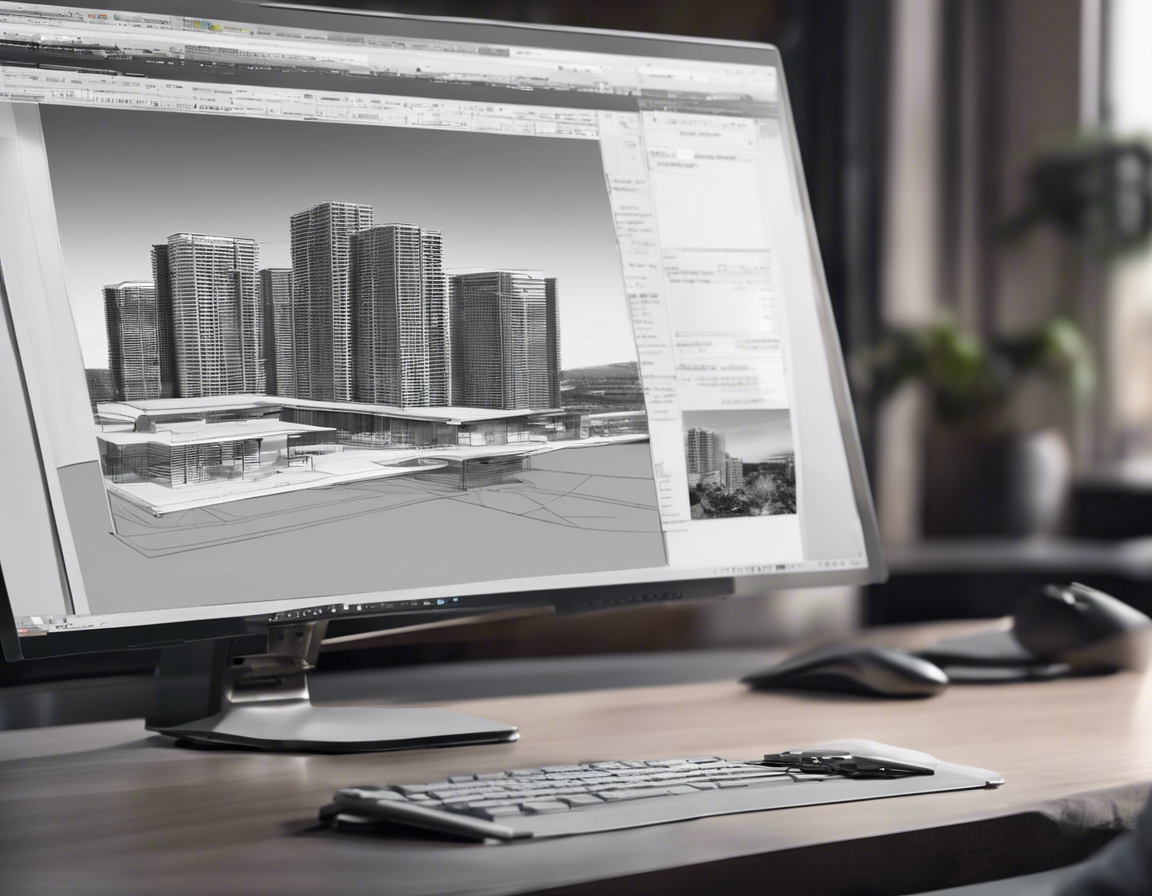The role of bim in modern construction
Building Information Modeling (BIM) is a digital representation of the physical and functional characteristics of a facility. It serves as a shared knowledge resource for information about a facility, forming a reliable basis for decisions during its lifecycle from inception onward.
The concept of BIM has been around since the 1970s, but it was not until the late 1990s and early 2000s that BIM software became more widely available and started to significantly impact the construction industry.
BIM is now an essential part of modern construction practices. It enables architects, engineers, and contractors to visualize the project in a simulated environment, allowing for better decision-making throughout the construction process.
Key Components of BIM
At the core of BIM is 3D modeling, which provides a visual representation of the building. This allows for improved design and construction accuracy, and the ability to foresee and address potential issues before they arise on site.
BIM also involves the management of data throughout the construction lifecycle. This includes detailed information about design specifications, materials, and maintenance schedules.
One of the most significant advantages of BIM is its ability to enhance collaboration among all stakeholders. It facilitates clear communication and coordination, which are critical for the timely and on-budget completion of construction projects.
Benefits of BIM for Stakeholders
For architects and designers, BIM provides tools for more accurate design and visualization, as well as the ability to make changes and see their immediate impact on the project.
Construction companies benefit from BIM through improved risk management, reduced waste, and streamlined timelines. It allows for more precise planning and a better understanding of the tasks at hand.
Real estate developers use BIM to ensure that the final product meets their requirements and to facilitate building management post-construction.
Implementing BIM in Construction Projects
BIM does not work in isolation; it integrates with other technologies such as Geographic Information Systems (GIS) and prefabrication software to further enhance construction project outcomes.
Implementing BIM requires a skilled workforce. Ongoing training and skill development are essential for maximizing the benefits of BIM.
While BIM offers numerous advantages, there are challenges to its implementation, including the initial investment in technology and the need for a cultural shift within organizations.
The Future of BIM in Construction
As technology advances, BIM is becoming more sophisticated, with features like 4D (time) and 5D (cost) modeling, and the integration of artificial intelligence and machine learning.
BIM is being adopted globally at an increasing rate. It is becoming a standard in many countries for government-funded projects, and the private sector is following suit.





Comments (0)